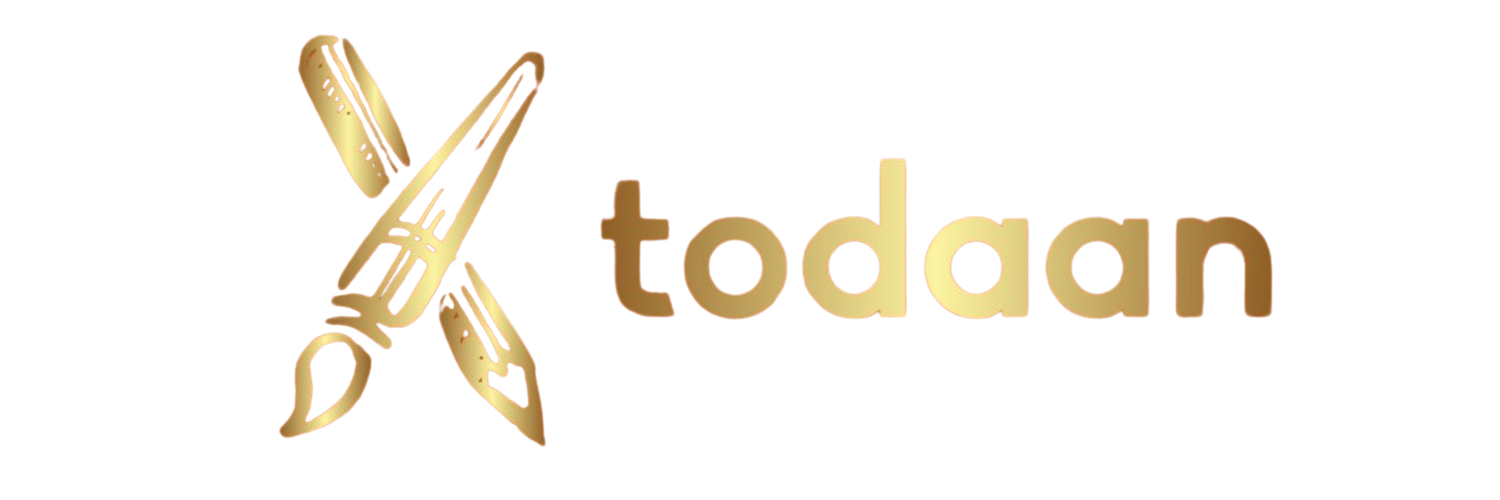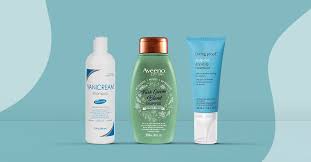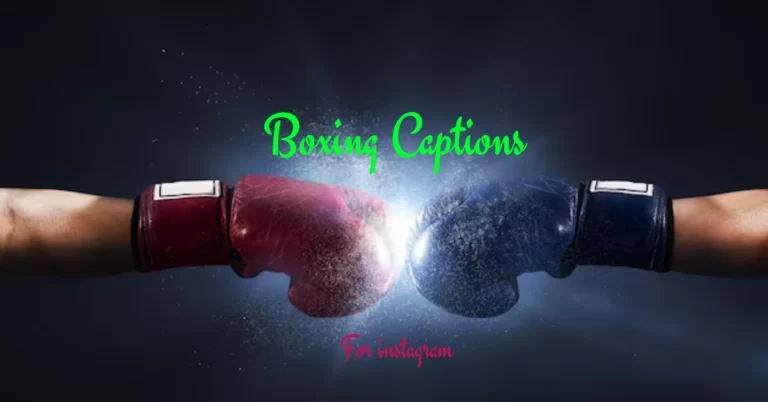Know The Role Of Conditioners In Scalp Health: Balancing Moisture And Hydration
Much more is required for healthy hair than just using the right shampoo. Conditioning is as essential as shampooing, if not more – and should be a part of your weekly hair care regimen. While innumerable shampoos are available on the market, so is its counterpart, the humble conditioner, which seals in ample moisture for a more manageable mane. Contrary to popular belief, conditioner is vital for all hair types, including oily hair.
As many of you know, conditioning constitutes the second step of your hair care routine, which helps replenish lost moisture after shampooing. By reinstating hydration to your mane, the hairconditioner helps make it less frizzy and easier to manage while preventing flyaways and split ends. Which formula works best for your scalp and strands should be determined by the texture and type of your hair, along with damage severity, hair colour, curl pattern, and thickness.
The Benefits of Conditioning For Holistic Scalp And Hair Health
- Eliminates Dirt, Grime, and Other Impurities
While a hair conditioner doesn’t strip off your scalp’s natural oils, it eliminates dirt, grease, and product buildup. Those with a sensitive scalp – or those whose scalps are prone to dryness and irritation – can benefit from this mild cleansing action.
- Maximises Moisture Retention
The primary purpose of a hair conditioner is to moisturise your hair and scalp. Co-washing [short for ‘conditioner washing’] aids in hydrating the scalp and keeps it from becoming flaky and dry. Conditioners can be particularly beneficial for those who suffer from scalp issues.
Curbs Scalp Irritation
Conventional shampoos frequently include harsh detergents and sulphates that can irritate the scalp. By getting rid of these abrasive components through co-washing, the likelihood of scalp discomfort and inflammation is reduced. Those with sensitive, easily irritated scalps, take note.
Regulates Sebum Production
Co-washing contributes to preserving the scalp’s natural oil balance. By protecting your scalp’s inherent moisture, co-washing helps stop the scalp from overproducing sebum to compensate for lost moisture [the same principle works for your skin, too]. Hence, regular conditioning keeps the scalp from getting overly greasy or dry and helps control oil production.
Improves Overall Scalp Health
Co-washing improves your overall scalp health by moisturising, soothing inflammation, and offering mild cleansing. A healthy scalp also guards against typical problems, including flaking, irritation, and infections and promotes luscious, healthy hair growth.
Protects Colour-Treated Hair
For those with coloured or chemically treated hair, co-washing with hair conditioners devoid of sulphates is very advantageous. Conventional shampoos’ sulphates can strip the colour from your hair, causing it to fade too soon. Co-washing reduces the effects of colour-stripping, allowing the vibrancy of your hair colour to stay longer.
Hair Conditioning Tips To Make The Most Of Co-Washing
- Scalp Massage: To encourage circulation and general scalp health, incorporate light scalp massages into your co-washing routine.
- Rotation with Shampoo: To ensure optimal cleansing and avoid buildup, incorporate frequent shampooing with a cleanser into your regimen. Doing so will allow you to retain the advantages of co-washing.
- Scalp Health Monitoring: To maintain a healthy scalp, be alert about any changes in the condition of your scalp and modify your co-washing regimen accordingly.
- Selecting the Right Product: To support a healthy scalp and hydrated hair, look for conditioners made especially for co-washing, which include nourishing components like shea butter, amino acids, and other moisturising agents.
The Ingredients To Look For In A Conditioner
- Shea Butter: Well-known for its ability to moisturise your mane, shea butter aids in nourishing and hydrating the scalp and hair.
- Veg Keratin: Promotes general hair health by strengthening and repairing damaged hair.
- Amino Acids: Helps support and nourish hair, enhancing its elasticity and vibrancy.
- Glycerin: Draws moisture to the hair to help moisturise and shield it from drying out.
- Hydroxypropyl Starch Phosphate: Adds moisture and helps condition and detangle the hair.
How To Apply Conditioner Properly
You must use the right shampoo at the start of your hair care regimen. Create a lather with your mixture and thoroughly wash your scalp and hair to get rid of any product residue left behind from styling products. After you’ve rinsed it out, coat your mid-lengths and end with a quarter-sized dollop of hair conditioner. Using a wide-toothed comb, gently detangle your mane. Then, leave the product on your hair for a few minutes before rinsing it off. Once you’ve left it for some time, use warm water to rinse the formulation off.
Key Takeaway
Apply no more than two dollops of the conditioner, as the formula could make your hair greasy. After using the product, detangle your hair to remove any knots or clumps, and make sure the conditioner is only applied at the tips of your hair rather than on the roots. You risk making your mane greasy if you apply it on your scalp. Applying conditioner and then immediately rinsing it off is pointless. Allow it to stay in your hair for the duration specified on the label, which is often one to five minutes.







